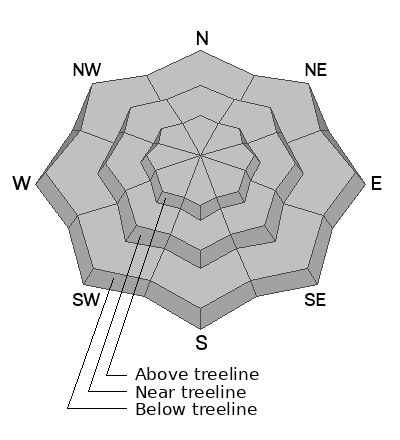We've not yet begun issuing regular daily avalanche forecasts but will update this page as conditions warrant. Also follow us on Instagram @utavy_moab
Road Conditions: Grand County has not yet begun plowing the road to Geyser Pass Trailhead. Expect to find mixed dirt, ice, and snowpacked conditions. Good tires and all wheel drive are recommended.
Thanks to all who attended the 15th annual Utah Snow and Avalanche Workshop (USAW), and a big shout out to all of the presenters!
In spite of the rain in town, Wednesday's storm was a bust in the mountains with only 4"-5" falling at Gold Basin. But at least we had the wind. Southerly winds cranked for days in the 35-45 mph range with gusts in the 50's and 60's. They finally backed off Wednesday night and swung around to the WNW. We'll remain under dry, cool, northwesterly flow through the extended period with a slight chance for snow on Sun-Mon.
Warm temperatures early in the week should have had a calming effect on the thin layer of sugary,
faceted snow that Dave Garcia and I
identified last week, and overall, the underlying snowpack is dense and supportable. But with the upcoming cold dry spell, I expect the snowpack to become loose and sugary, leading to poor snowpack structure with a weak base down the line. Strong southerly winds have stripped south aspects, while alternately drifting snow on to northerly facing slopes. Be on the lookout for unstable slabs of wind drifted snow in these areas. Wind slabs usually stabilize within a few days but remain cautious of areas that have a smooth, rounded appearance or that sound hollow underneath. Low snow conditions also continue to create a hazard with an average depth of around 18" at 10,000'. Tread lightly out there!
If you are getting up into the mountains please
submit an observation and let us know what you are seeing!
Get current and past 24-hour readings from these real-time weather links:








